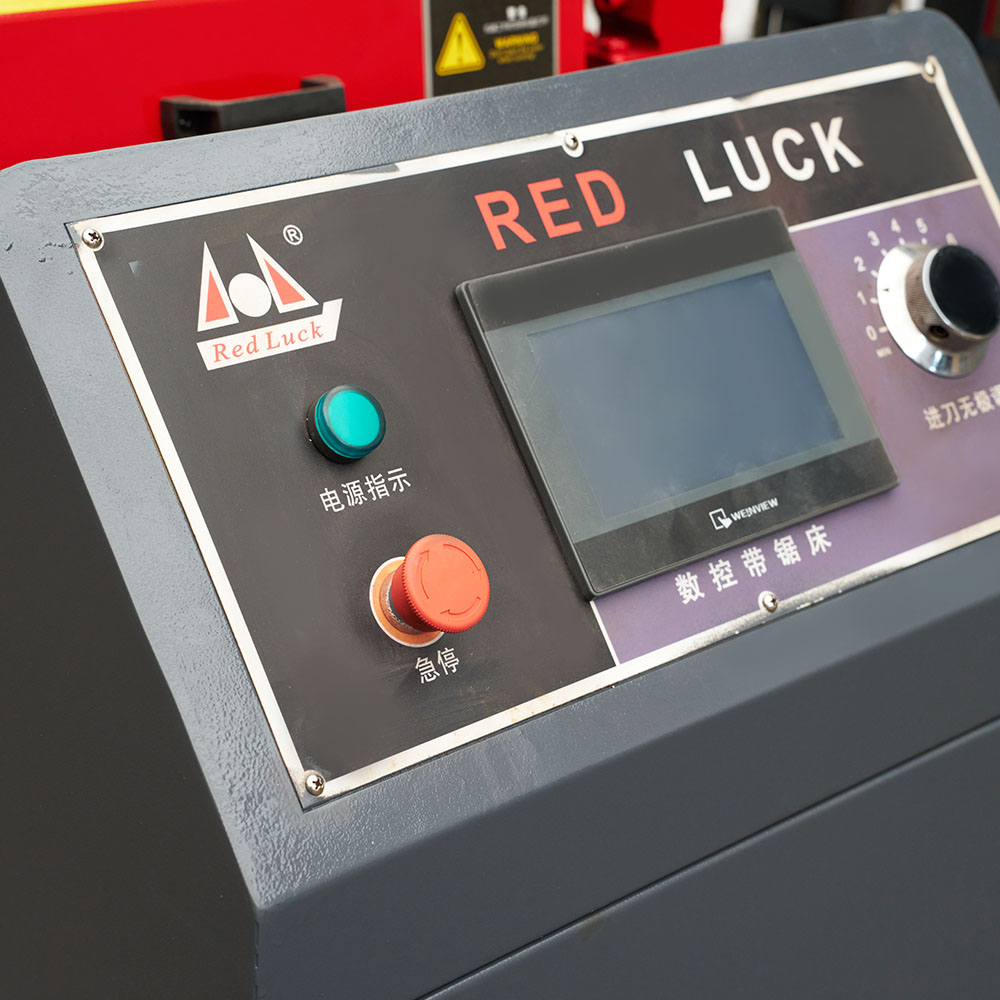Automatic Horizontal Bandsaw Integration Increases Efficiency In Metal Fabrication Lines
The integration of the automatic horizontal bandsaw into metal fabrication lines has steadily increased, marking a shift toward greater productivity and consistency in cutting operations. With the growing demand for precision and reduced labor intervention, many workshops and factories are moving toward automated solutions to meet production schedules and material standards without compromising on output flow.

The automatic horizontal bandsaw is designed to perform repeatable cuts with small manual input. This feature makes it a practical choice in high-throughput environments where time and accuracy are crucial. Equipped with programmable feeding systems and automatic shut-off mechanisms, these machines allow operators to focus on quality control and downstream processes rather than constant supervision. When paired with other automated equipment, the workflow becomes more synchronized and less susceptible to human error or inconsistent results.
Among the systems gaining traction is the Double Column Horizontal Metal Band Saw, appreciated for its rigid frame and ability to handle larger or heavier metal stock. The dual-column structure offers enhanced support during cutting, maintaining blade alignment under pressure and ensuring more consistent results across long production runs. This configuration helps less vibration, which can otherwise impact the finish and dimensions of the cut material.
When a Double Column Horizontal Metal Band Saw is combined with an automatic horizontal bandsaw mechanism, manufacturers gain both structural reliability and automation benefits. This combination is particularly effective in operations dealing with thick solid bars, large pipes, or stacked plates. Automation allows repetitive cycles to be completed without pausing between cuts, while the dual-column support ensures that the blade tracks correctly throughout the entire operation.
The growing reliance on automated systems stems in part from evolving workforce trends and a push for more efficient use of skilled labor. Operators who once spent hours on manual saw setups can now monitor multiple machines or shift their focus to inspection and process improvements. A well-calibrated automatic horizontal bandsaw can contribute to reducing rework and material waste, as each cycle is set to deliver consistent dimensions. It also facilitates faster transition between batches, reducing the downtime typically associated with manual adjustments.
The robust design of a Double Column Horizontal Metal Band Saw makes it a stable foundation for automation. Its structural balance and cutting force capacity are suited for integration into more complex fabrication lines. These machines are increasingly seen in medium to large-scale production environments where repeatability and cut accuracy are non-negotiable. As demand rises for tighter tolerances and increased material throughput, such equipment becomes an asset rather than just a tool.
From structural steel shops to automotive part manufacturers, both the automatic horizontal bandsaw and the Double Column Horizontal Metal Band Saw are becoming integral components of modern metalworking systems. Their shared purpose is to make the cutting phase faster, cleaner, and less dependent on operator skill. Although each offers distinct advantages—automation on one hand, structural support on the other—their integration results in a more cohesive and reliable cutting process.
The use of an automatic horizontal bandsaw in tandem with a Double Column Horizontal Metal Band Saw reflects a broader shift in the industry. As fabrication lines evolve, so too does the machinery that supports them. The push for automated and stabilized cutting processes continues to drive adoption of these technologies, shaping the future of metalworking in both small and large-scale operations.

 English
English 中文简体
中文简体 русский
русский

